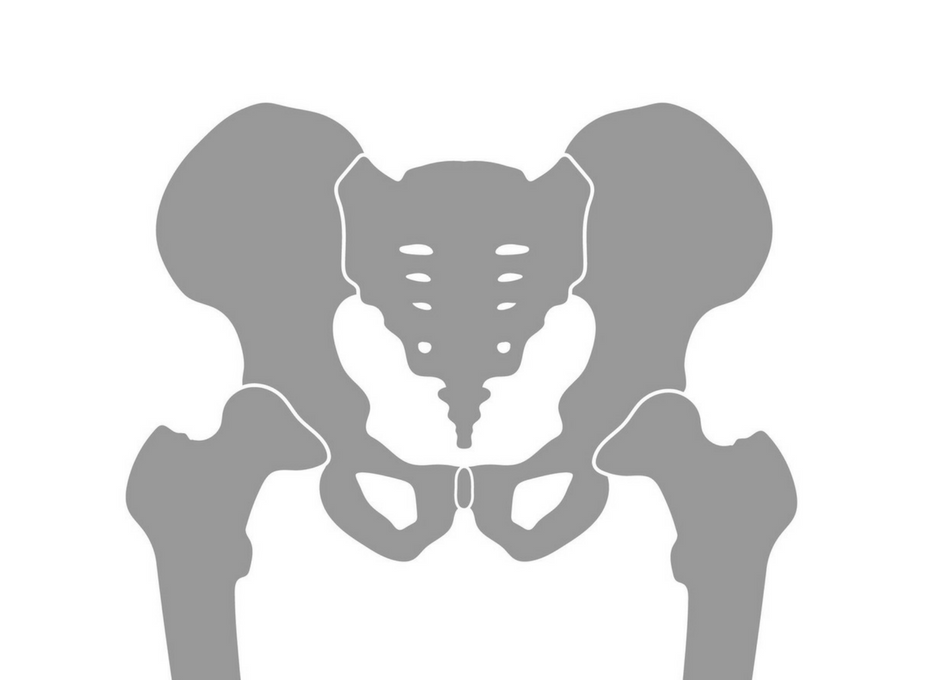What’s This Research About?
Sacroiliac joint instability is one of the possible causes of low back pain and pelvic girdle pain. However, it is difficult to determine true movement of the SI joint. This study measures movement in the SI joint using Radiostereometric analysis (RSA is considered a highly precise and accurate way to measure joint movement) in patients with severe pelvic girdle pain during the single leg stance test developed by Chamberlain in 1930. Comparisons of SI joint movement are made between the standing and hanging leg.

TITLE: Radiosteriometric analysis of movement in the sacroiliac joint during a single-leg stance in patients with long-lasting pelvic girdle pain
PUBLICATION: Clinical Biomechanics
DATE: 2014
AUTHORS: Thomas J. Kibsgård, Olav Røise, Bengt Sturesson, Stephan M. Röhrl, Britt Stuge
Chamberlain technique: A single leg test that measures pubic displacement as a measure of pelvic stability
Radiostereometric analysis: A special way of creating a stereo image of an area by taking two x-rays of the same area, at the same time
Sacroiliac joint: A synovial joint comprised of the sacrum and the two ilium bones
Theory of force closure: Stability of the SI joint from the muscles, ligaments, and thoracolumbar fascia that support the pelvis*
Theory of form closure: The stability in the SI joint that comes from the self locking mechanisms of the pelvis; the result of the anatomy and shape of the bones that comprise the SI joint

